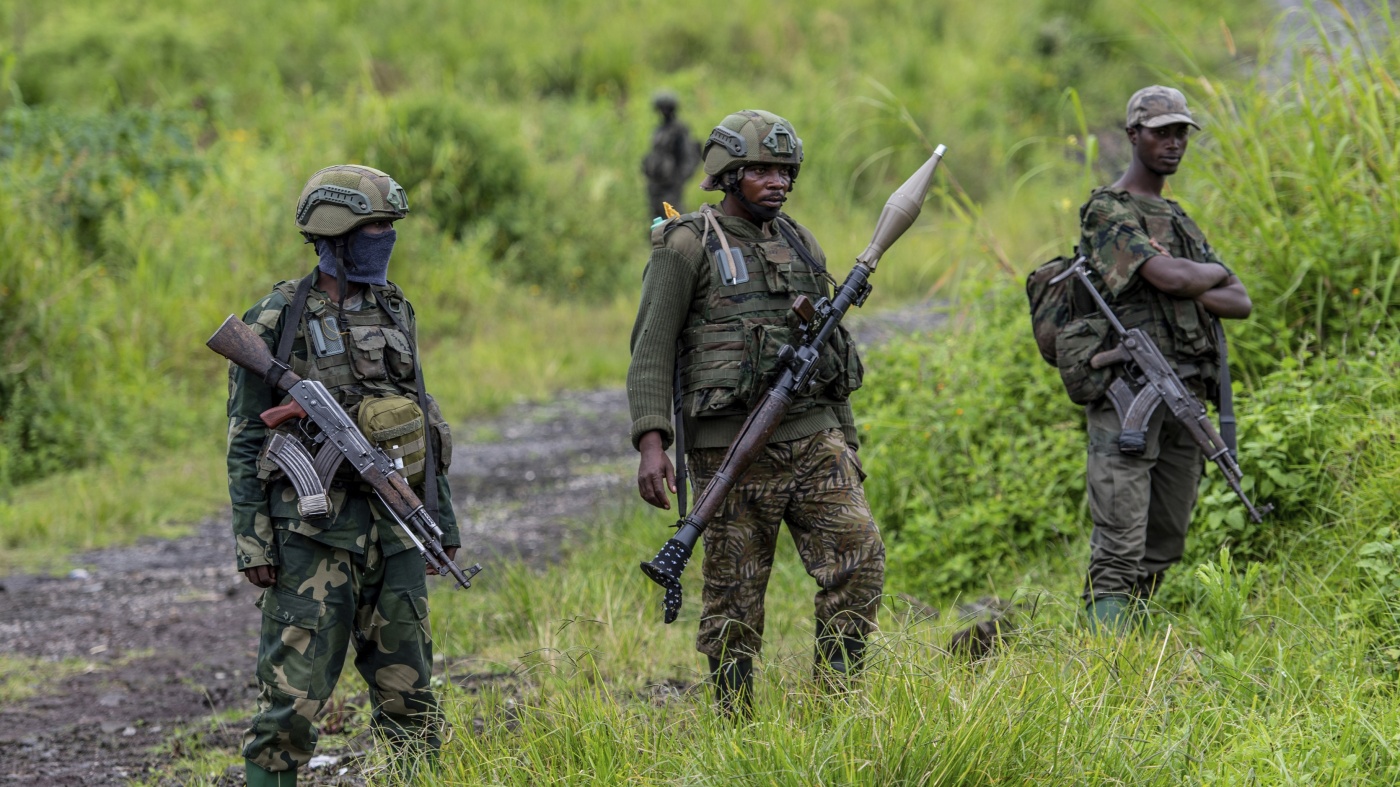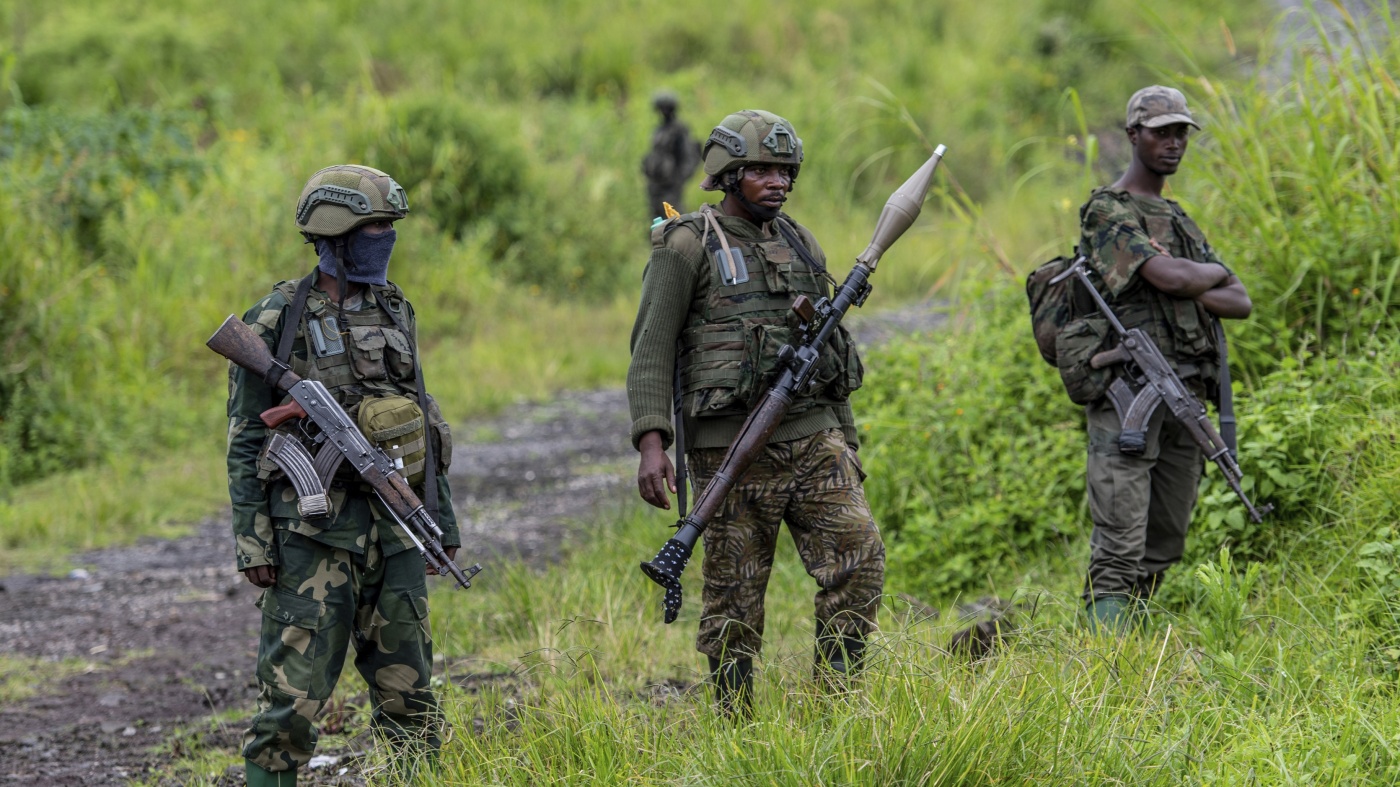A Fragile Hope: Analyzing the Ceasefire Declaration Between Congo, Rwanda, and the M23 Rebels
A Patchwork of Conflicts: Understanding the Historical Context
Eastern Congo’s turmoil is a complex tapestry woven from threads of colonial exploitation, ethnic tensions, and geopolitical rivalries. The region’s vast mineral wealth—including gold, coltan, and cobalt—has fueled a relentless cycle of violence, with armed groups vying for control over these lucrative resources. The M23 rebels, primarily composed of Congolese Tutsi, emerged as a significant player in this volatile landscape. Their origins trace back to the National Congress for the Defense of the People (CNDP), a group that integrated into the Congolese army in 2009 but later resurfaced as the M23 in 2012. The group’s resurgence in late 2021, following a period of dormancy, underscores the persistent instability in the region.
The M23’s resurgence has been marked by a series of strategic gains, including the capture of key cities such as Bunagana and Rutshuru. These victories have raised concerns about the group’s long-term objectives and the potential for further escalation. The Congolese government, backed by the United Nations and regional allies, has accused Rwanda of providing military support to the M23, a claim that Rwanda has vehemently denied. The allegations of Rwandan involvement add a layer of complexity to the conflict, as they implicate a neighboring state in the destabilization of eastern Congo.
Qatar’s Diplomatic Gambit: A Sign of Progress?
The recent ceasefire declaration, brokered by Qatar, represents a significant diplomatic achievement. Qatar’s role as a mediator is noteworthy, as it signals a shift away from traditional Western-led peace initiatives. This African-led approach may offer a more nuanced understanding of the region’s dynamics and foster greater buy-in from local stakeholders. The declaration of principles builds upon a previous peace deal signed between Congo and Rwanda on June 27th, which outlined a framework for addressing the root causes of the conflict.
The ceasefire agreement includes several key commitments, including the withdrawal of M23 forces from recently captured territories, the disarmament and demobilization of rebel fighters, and the establishment of a joint monitoring mechanism to oversee the implementation of the agreement. The timeline for these commitments is ambitious, with a final peace accord expected to be signed within approximately one month. This accelerated timeline reflects a sense of urgency and a recognition of the need to capitalize on the current momentum.
Principles vs. Practice: The Devil in the Details
While the ceasefire declaration is a positive development, its success hinges on the willingness of all parties to uphold their commitments. The history of failed ceasefires in eastern Congo serves as a stark reminder of the challenges that lie ahead. Previous agreements have been undermined by a lack of trust, inadequate enforcement mechanisms, and the persistence of underlying grievances.
One of the most significant challenges will be ensuring the withdrawal of M23 forces from captured territories. The group’s strategic gains have provided it with a bargaining chip in the peace process, and its willingness to relinquish these gains will be a critical test of its commitment to the agreement. Additionally, the disarmament and demobilization of rebel fighters will require robust security guarantees and economic incentives to ensure their reintegration into civilian life.
The declaration also addresses the need to address the root causes of the conflict, including issues of land ownership, political representation, and economic opportunity. These issues are deeply entrenched and will require sustained political will and international support to resolve. The establishment of a joint monitoring mechanism is a positive step, but its effectiveness will depend on the cooperation of all parties and the provision of adequate resources.
The Path Forward: Challenges and Opportunities
The ceasefire declaration presents both challenges and opportunities for the future of eastern Congo. The key to success will be to build on the current momentum and create a sustainable peace process.
Challenges:
- Distrust: Decades of conflict have eroded trust between the various parties involved. Building confidence and fostering genuine dialogue will be essential for the success of the peace process.
- Enforcement: Ensuring that the ceasefire is respected and that the commitments outlined in the declaration are implemented will require robust monitoring and enforcement mechanisms. The presence of numerous armed groups and the porous borders of eastern Congo pose significant challenges to effective enforcement.
- Root Causes: Addressing the underlying grievances that fuel the conflict will be a complex and time-consuming process. Issues such as land ownership, political representation, and economic opportunity are deeply entrenched and will require sustained political will and international support to resolve.
- External Interference: Continued interference from external actors, including neighboring countries and multinational corporations, could undermine the peace process. The allegations of Rwandan involvement in the conflict highlight the need for regional cooperation and the establishment of clear red lines to prevent further destabilization.
Opportunities:
- Regional Cooperation: The peace process could create opportunities for greater regional cooperation and integration. The involvement of regional actors such as the East African Community (EAC) and the Southern African Development Community (SADC) could help to build a more inclusive and sustainable peace process.
- Economic Development: Peace and stability could pave the way for increased investment and economic development in eastern Congo. The region’s vast mineral wealth could be harnessed to drive economic growth and improve the living conditions of its inhabitants.
- Good Governance: The peace process could create opportunities for strengthening governance and promoting the rule of law. The establishment of transparent and accountable institutions could help to address the underlying grievances that fuel the conflict.
- Humanitarian Relief: A lasting peace could allow for greater access to humanitarian aid and a reduction in human suffering. The people of eastern Congo have endured decades of conflict and deserve the opportunity to live in peace and security.
A Cautious Conclusion: Hope and Vigilance
The ceasefire declaration between Congo, Rwanda, and the M23 rebels offers a glimmer of hope amidst the pervasive gloom of eastern Congo. However, the road ahead is fraught with challenges, and the success of the agreement will depend on the sustained commitment of all parties involved. The people of eastern Congo have suffered immensely, and they deserve the opportunity to live in peace and security. The international community must remain vigilant, offering unwavering support to the peace process and holding all actors accountable for their commitments. Only time will tell if this declaration will be the turning point that finally brings an end to the decades of conflict in eastern Congo, or if it will simply be another false start in a region accustomed to dashed hopes. The future of eastern Congo depends on it.








